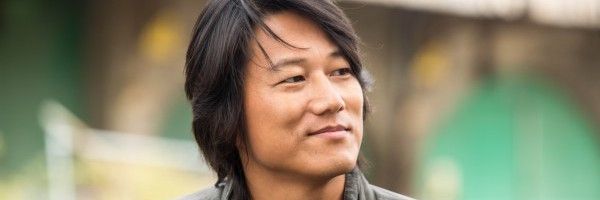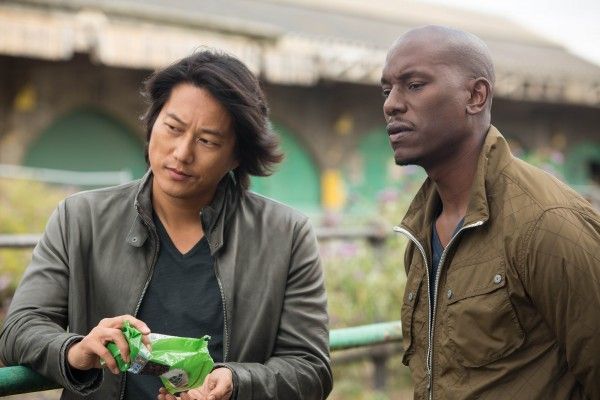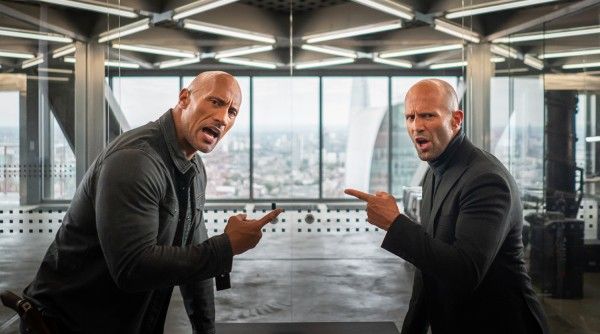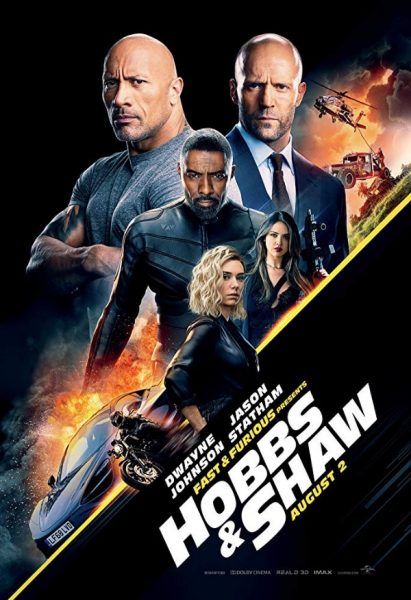The ninth entry in the Fast & Furious franchise, Hobbs & Shaw, is now in theaters. It marks the departure of the series’ status quo of a Vin Diesel-led family drama about street racing and goes into a buddy action comedy with sci-fi undertones. Though the series introduces new characters that may come into play in future movies and asks questions about the past and future of the franchise, there is one key issue that this movie seems to have forgotten: giving justice for the killing of Han Lue, aka Han Seoul-Oh (Sung Kang).
In case you need a reminder, after two movies dealing with either Dominic Toretto (Vin Diesel), or Brian O’Conner (Paul Walker), the third movie in the franchise: The Fast and the Furious: Tokyo Drift introduced an entire new cast and moved the action to Tokyo, where we followed high-school car-enthusiast Sean Boswell (Lucas Black) entering the local drifting community. We also meet the cool and laid-back Han Lue, who unfortunately is killed in a car crash. At the time this was a rare Hollywood movie to have a lead of East Asian descent, and the character’s mysterious past, knack for snacking all the time, and suave style connected with enough fans that he got resurrected for three more feature films and the Fast & Furious short film Los Bandoleros.
And so, the Fast & Furious franchise went back in time for Fast & Furious, Fast Five and Fast & Furious 6. Of course, no amount of time with Han would be enough, as fans knew what the future had in store for him. It was only a matter of time before the franchise caught up to Tokyo Drift, and it happened at the end of Fast & Furious 6, with a post-credits scene that revealed Deckard Shaw (Jason Statham) as the mysterious figure responsible for crashing Han’s car in Tokyo and its subsequent explosion which killed dear old Han.
After having Gisele (Gal Gadot) die during the airport chase against Owen Shaw (Luke Evans), having Owen’s brother Deckard kill another member of the *family* in revenge for them putting Owen in a coma was a great way to introduce the ultimate villain: a special ops guy who no one had been able to track down and who is now hellbent on destroying Dom Toretto’s crew in Furious 7. The seventh movie in the franchise was not about scoring a job or stealing something, it was now more personal than ever. Dom’s crew wants to kill Shaw to avenge Han, while Shaw wants to destroy the team that hurt his brother. It was simple. It made sense. It should have stopped right there.
And along came Fate of the Furious. If the trailers had fans weary of Shaw’s surprise addition to the cast, then the movie gave them cause to feel betrayed. In this one Shaw takes a very abrupt left-turn towards the light side, as the British ex-operative and murderer is recruited into the team after a prison brawl with Dwayne Johnson’s Luke Hobbs. Shaw begrudgingly agrees to join the team when the movie does its first attempt at retconning Shaw’s past villainy – it turns out both he and his brother Owen were manipulated by the movie’s cyberterrorist Cipher (Charlize Theron), turning the shady parts of his career into frame jobs. No matter, you’d think, Dom and his crew would still never accept him. Except you would be wrong. In a complete change of personality Shaw, who previously had no problem killing Han and sending a bomb to kill Brian and his infant son, now risks his life to save Dom’s baby. This in turn earns Shaw an invitation to the classic Fast & Furious family BBQ at the end of the film, with not a single mention of Han.
The one concept that has endured throughout all the Vin Diesel-led Fast & Furious movies, though bromances, international heists, impossible heists and quarter-mile races. Is family. That concept followed the series’ evolution from gritty yet small-scale movies about street racing into basically superhero movies with cars is thrown out the window in Hobbs & Shaw.
Hobbs & Shaw reunites its titular characters, played by Dwayne Johnson and Jason Statham, for a buddy action-comedy where the two leads can’t stand each other at first but learn to trust each other. That would be fine if it was any other person than the murderer who also put Hobbs in the hospital during Furious 7. Instead, Hobbs & Shaw is so concerned with having its audience like Shaw that it retroactively makes him a bona fide hero. Though the franchise has had characters switch sides before (after all, Brian and Dom started as enemies) it has never changed a character’s personality and background so drastically. In fact, the spinoff rewrites Shaw’s betrayal of his MI6 squad, making it so that Shaw was framed by the movie’s villain, Brixton (Idris Elba).
In an interview with the LA Times, writer Chris Morgan acknowledged that a line in the movie where Shaw says, “There’s things I've done that I have to make amends for,” was referring to Han saying he feels remorse – something that doesn’t come across in his performance at all. Statham even refers to his character as “noble” in that same interview, and it feels like the franchise considers him to be quite a noble man despite killing Han and the dozens of hospital workers taking care of his brother Owen in Furious 7.
Whether the next movies will address the controversy or not is anyone’s guess. The Fast & Furious continuity used to be notoriously detailed, but in the case of Hobbs & Shaw it is better not knowing anything about the characters or why we should care about them. After all, this movie doesn’t seem to care either.




